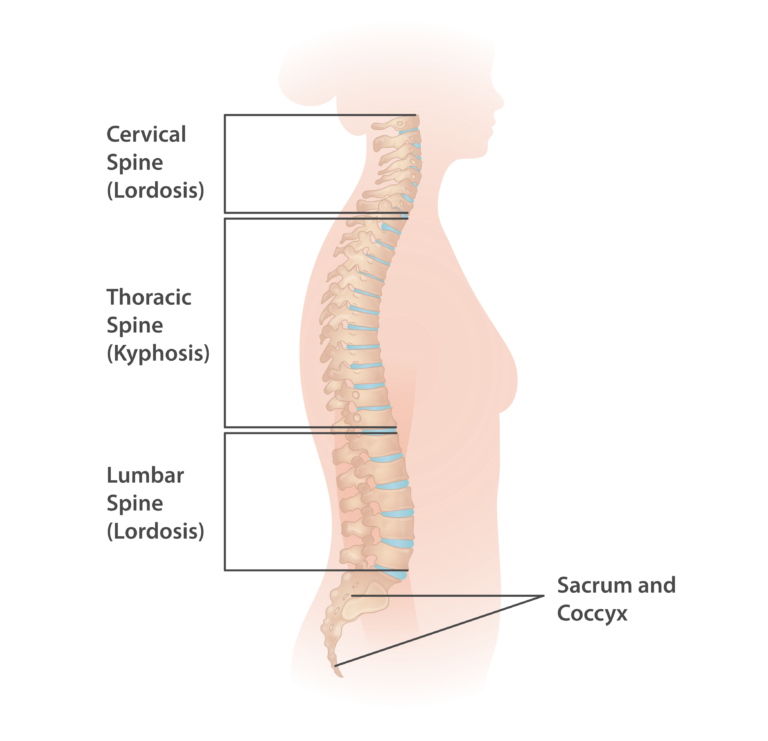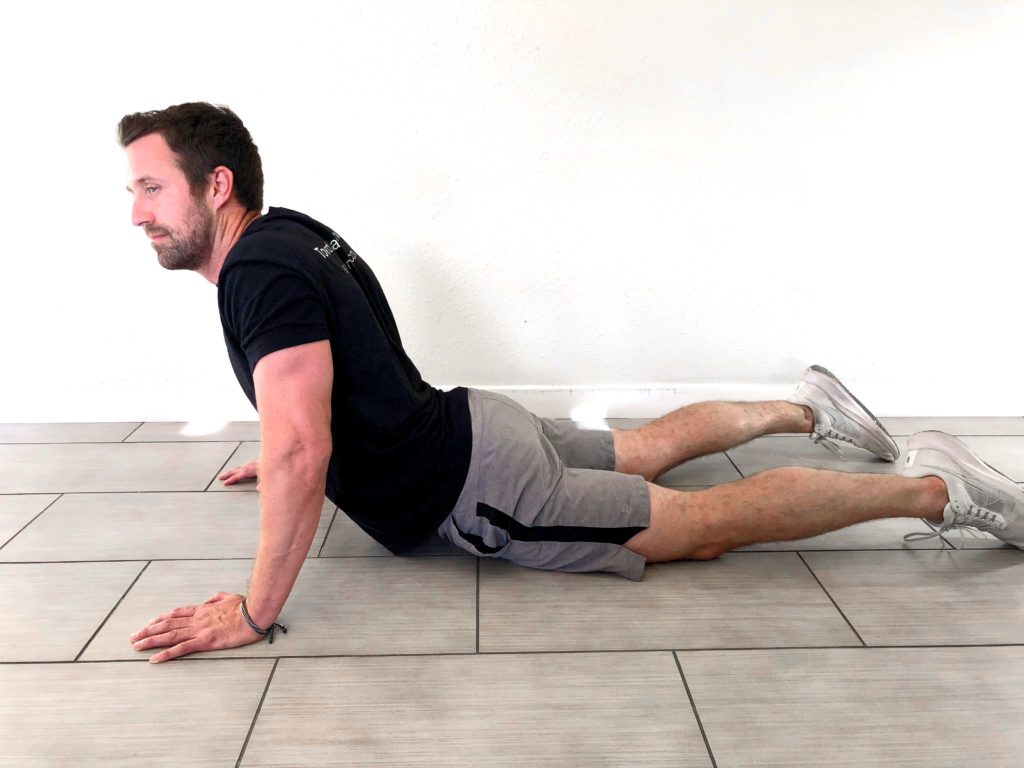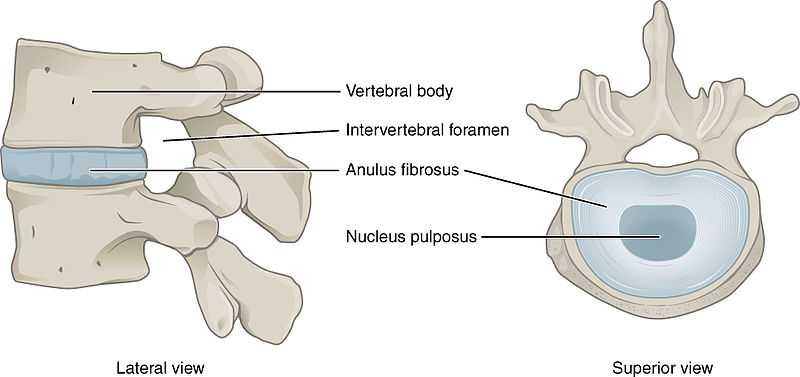Lower Back Assessment
Identifying the source of lower back (lumbar) pain can be difficult, whether rooted in a spinal disc, ligament, nerve, joint, or muscle. Though it is important to identify the precise structure generating the pain, it can be more productive to understand the pattern of the pain – What makes it worse? What makes it better? – for this informs the direction of treatment.
Note: This assessment assumes localized lower back pain without radiation past the knee. If your pain extends past the knee, it may be more symptomatic of nerve issues (e.g. sciatica), which would be treated differently.

Does the pain get worse when your spine is flexed (i.e. bending down)? Does it hurt to sit for a prolonged period of time?
- Dull, achy, and/or sharp pain with stiffness in the morning
- Localized pain around the lower back or near the hips
- Pain while bending forward
RELIEF TEST
Prone Press Up: Lie on your stomach and come up through your arms, bending backwards at your lower back.

Note: This tends to work best for people with symptoms of sciatica (i.e. pain down the leg). However, if you feel relief when doing it, then it is a good exercise to perform throughout the day.
Does the pain get worse when your spine is extended (bent back)? Does it hurt to stand for a long period of time?
- Dull, achy, and/or sharp pain with stiffness in the morning
- Pain while lying on stomach
- Pain while bending backwards
Does the pain increase with any position?
This can happen as well, where you experience flexion and extension pain patterns concurrently (see symptoms above).
The lumbar disc is a structure between vertebrae that allow us to move and transmit forces properly. The disc is made of the inner nucleus pulposus, which transitions into the harder fibers of the annulus. The nucleus is more fluid based, which helps transmit forces, while the annulus keeps the nucleus confined.
Sometimes the fibers can be strained and appear as a bulge on an MRI, but there are so many fibers in the annulus that it is unlikely that the disc has just slipped out – not to be confused with strains, bulges, and herniations in the disc itself.

Other Risk Factors
A. SI Joint: In about 20% of cases, the sacroiliac (SI) joint is a contributing source of lower back pain. This joint is closely associated with the lumbar spine. For one who is very flexible, the SI joint ligament can be stressed and strained.
ASSESSMENT TESTS:
If any of the following reproduce symptoms, it may indicate SI joint pain.
Distraction
Must be with a partner. While lying on your back with your legs straight, have a partner push on the inside of the iliac bones (pelvic bones) in a lateral/posterior direction.
Compression
Lying on your back with your legs straight, put your hands on the side of your pelvis and push together.
FABER
While keeping your core engaged, bring your leg up and out in a figure-four position. Next, place some overpressure on your knee down toward the ground.
B. Cancer: If pain comes without injury, and you have i.) a history of cancer, ii.) unexplained weight loss, and iii.) are over 50 years old, you should consult with your physician as this may be a sign of a tumor.
C. Infection: If pain is associated with a fever, then consult with your physician.
D. Stress, Sleep Deprivation, and/or Poor Nutrition
Still Need Help?
You are welcome to meet virtually with our PT for additional feedback and assessment. Otherwise, continue to the next step to assess the potential cause of your injury.